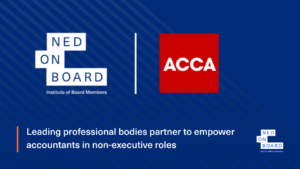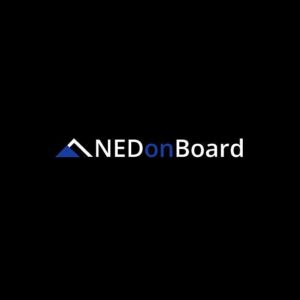Unhealthy boardroom dynamics scenarios you may experience as a NED and how to best navigate such situations.
Boardroom dynamics refers to the interactions, relationships, and behaviours among members of a board of directors during meetings and in the process of making decision. It encompasses how board members communicate, collaborate, and assert influence within the boardroom.
Effective boardroom dynamics are essential for fostering healthy debate and driving organisational success.
A few scenarios that illustrate examples of poor boardroom dynamics.
As an institute and professional body, members regularly report situations in which they are or have been. The NEDonBoard community offers a way to exchange with peers and get support to navigate such intricate situations and overcome challenges.
Over the years, we identified the following most common situations:
- Dominance by a single member. One board member consistently dominates discussions, monopolises speaking time. He / she may also dismiss or disregard input from other members. This behaviour stifles diversity of thought and undermines the collaborative decision-making process.
- Lack of transparency. Important information is withheld from certain board members, or key decisions are made behind closed doors without sufficient consultation or input from all stakeholders. This lack of transparency erodes trust and fosters resentment among board members.
- Silencing dissenting voices. Board members who express dissenting opinions or raise challenging questions are marginalised, ignored, or even discouraged from speaking up. This discourages critical thinking and limits the exploration of alternative perspectives.
- Ineffective communication. Board meetings are characterised by disorganised, inefficient communication, with discussions veering off-topic, operational or becoming mired in technical jargon. Board members struggle to communicate effectively, leading to confusion and frustration.
- Absenteeism and disengagement. Some board members consistently fail to attend meetings, arrive unprepared, or contribute minimally to discussions. Their lack of engagement undermines the board’s ability to make informed decisions and fulfill its responsibilities effectively.
- Close (cozy?) relationship between the chair and the CEO. A chair too closely aligned with the CEO may compromise the independence of the board. Such a situation may also create a culture of complacency, in which the CEO may feel insulated from scrutiny and oversight. This can damage trust and credibility both internally and externally.
Do any of the above scenarios resonate with you? Have you experienced any of the situations?
To find out how to address the issues, NEDonBoard Institute of Board Members invites you to:
- access resources listed below;
- register to one of our upcoming Board Community Networking Series events to exchange with peers in a safe environment;
- invest in your professional development through training or events.
Additional resources
- Boardroom dynamics: Navigating challenges and strategies for constructive engagement
- Board dynamics
- Boardroom dynamics and challenges: a chair and NED point of view
Written by Elise Perraud




